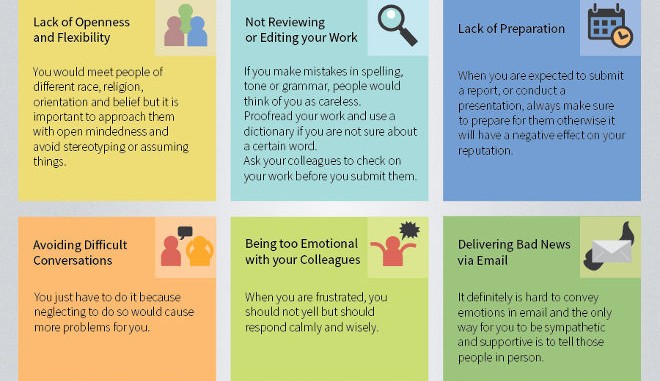
While growing businesses by expanding to additional countries or languages is a great way to increase your income, it is more complicated than you may realize – especially when it comes to SEO.
This site for a southern California criminal defense attorney has content written in English using Google Translate to create pages translated into Spanish. Notice the choice in the top right corner for English – Espanol. Click on the buttons and you’ll see that the pages change between English and Spanish.
In this example, a separate site is not needed because both languages are targeted at ranking in the U.S. If this attorney had a second location in Spain, then ideally he would have a separate domain registered with a country code TLD and hosted in Spain. With locations in two countries, the easiest way to rank is on separate domains.
How much effort is the company willing to invest in ranking in separate countries? Will you register a country specific domain for each language or use languages in directories?
More expense and work is involved with separate domains:
Building additional sites
Paying to host multiple sites
Renewing multiple domains
Even international sites as large as Wikipedia do not necessarily use separate domains. If you look at Wikipedia.org you will see that when you click on a country you are taken to a subdomain that uses the country code as the name of the subdomain. For example:
es.wikipedia.org for Spanish
de.wikipedia.org for German
it.wikipedia.org for Italian
These subdomains use the same letters as country-code domains for Spain (es), Germany (de) and Italy (it), but they use en for English rather than us for U.S. or uk for the U.K.
Read How to do Multilingual SEO for WordPress Sites to get a better idea of your choices. The WordPress multilingual plugin available on that site makes translating and doing SEO for multiple languages much simpler.
How Search Engines Recognize Languages
While search engines can detect languages, it is best to use the <html lang=”xx”> tag to indicate the language a page is in. For more details, read Multilingual Sites and Search Engines: Part 1.
According to that post, “global corporations as a rule have separate sites (and most often separate domains) for the countries they operate in.” While that is the most effective method, it does require more work to create and maintain.
SEOChat Supermod GabrielG suggests you can even “get sophisticated and detect a user’s language, geolocation, or other characteristics and serve the appropriate language site, in case Gooogle doesn’t do that automatically.”
Why Machine Translation is NOT Good Enough
While using Google translation or some other machine translator is the least expensive way to go, these translations are very inaccurate and sometimes impossible to even understand. While there are translation plugins, do not use them unless you just cannot afford a human translator.
Do not sully your brand’s reputation by skimping on content in additional languages. Using human translators is a must. If you do not have someone within your company capable of accurately writing in the language, contract with a company that specializes in language translations for business.
Keep in mind that being able to speak a language does not guarantee a person can write well in it anymore than assuming that everyone who speaks English can become a paid writer or editor.
If you use machine translation, you will end up with major brand reputation issues. See this infographic from Understanding and Avoiding Communication Blunders.
Hopefully you now understand why machine translation can never take the place of using the best human translators who are excellent at both translation and content development.
Duplicate Content on Multinational Websites
If the languages involved are totally different (English and German, for example), there is no duplicate content issue. Having the same content on pages written in languages that are closely related – such as UK English versus US English – would definitely create a duplicate content issue.
See the Brick Marketing post Duplicate Content on Multinational Websites for more details about duplicate content. Nick Stamoulis wrote:
“If your site takes a massive hit in visitors and rankings for at least three months (enough time to call it a trend), your site might have been flagged for duplicate content.”
The goal is to SEO a multilingual site so that it will rank in each location. For that, separate sites are best, but even with one site your goal should still be to rank each page if at all possible.
The post Choices in How to SEO a Multilingual Site appeared first on SEO Chat.
Source: SEO Chat
Link: Choices in How to SEO a Multilingual Site



Leave a Reply